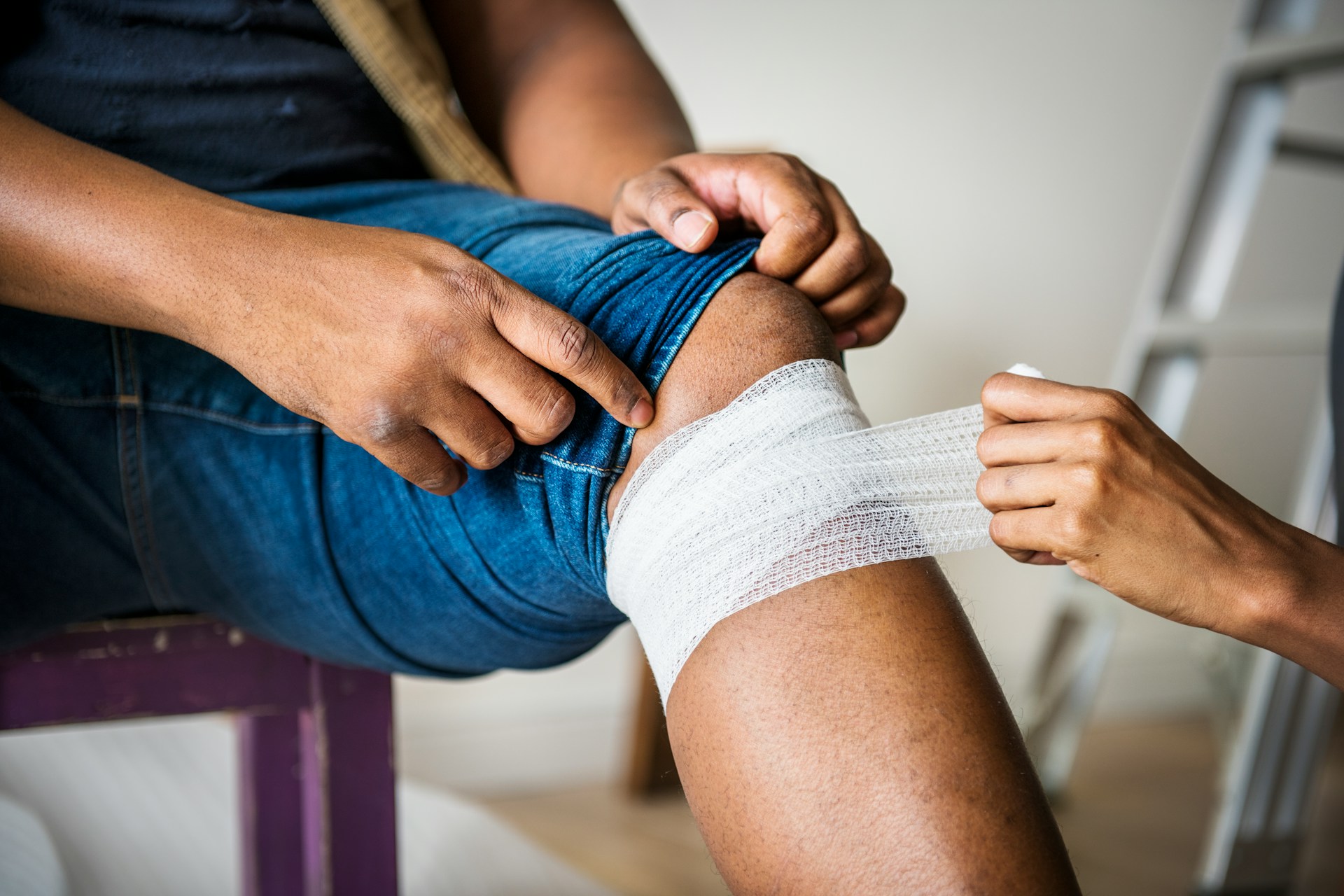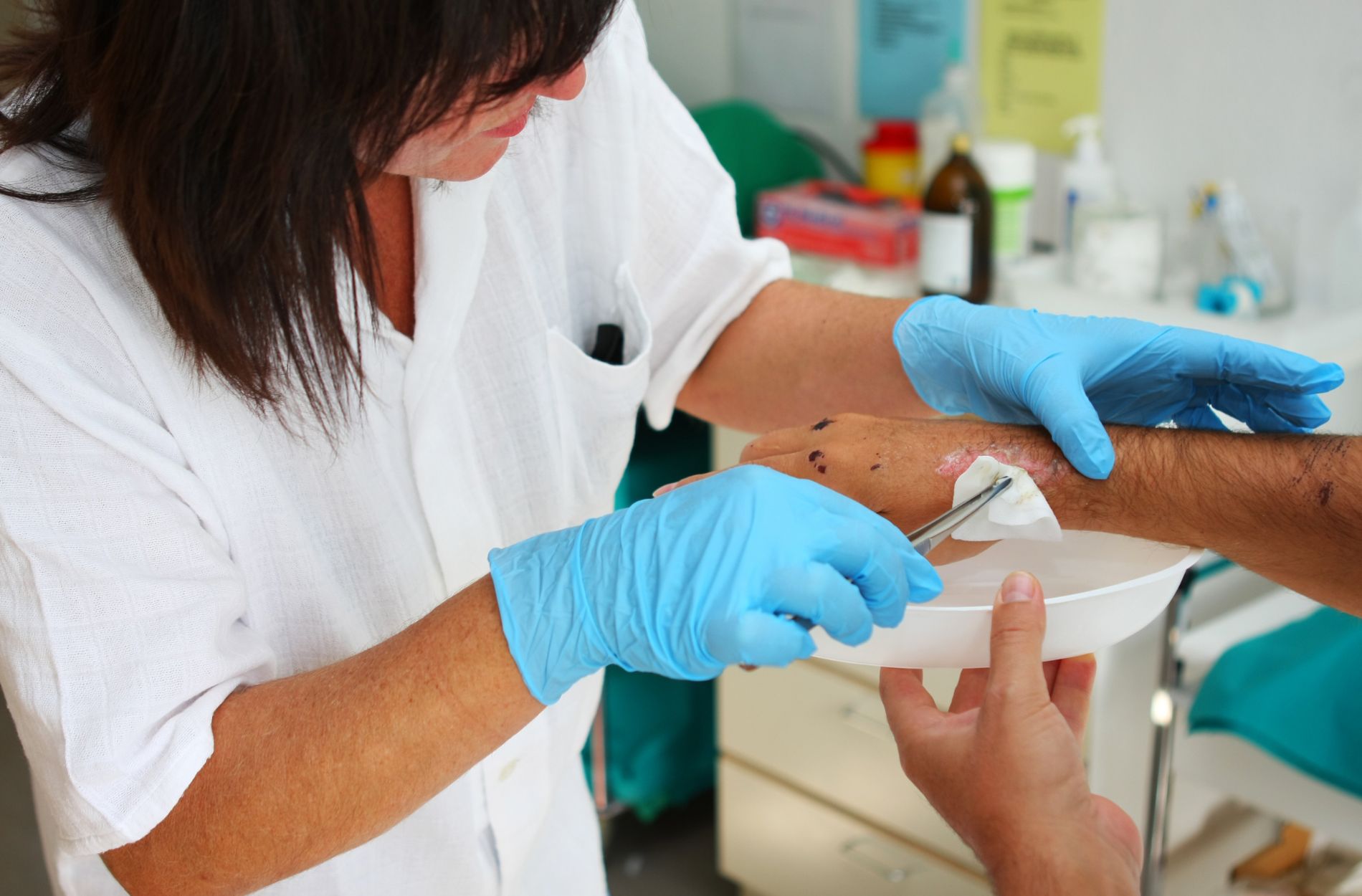When leaving home for medical care is tough or simply not practical, mobile wound care becomes a smart alternative. Instead of rearranging your day around a trip to a clinic, care comes directly to your door. From chronic wounds to post-surgical care, having a licensed provider show up ready to treat you in your familiar space can save time, reduce stress, and help healing feel a little more manageable.
In Nashville, where traffic and distance add another layer of challenge, this type of care can make a noticeable difference. Still, knowing what to expect from the treatment process helps everything run smoother. Whether it’s your first visit or you’re just curious about how it all works, understanding how mobile wound care is carried out gives you more control as a patient and helps you stay informed as a caregiver.
Southern Wound Care provides mobile wound care across Brentwood and surrounding areas in Nashville. We focus solely on remote visits, bringing our services to your home, facility, or care setting.
Initial Consultation And Assessment
The first step in mobile wound care is getting to know your needs. Before any physical treatment happens, there’s usually a setup call or virtual intake that focuses on your medical background, current wound condition, and any specific concerns. This is when your provider gathers key information that helps shape the treatment plan.
Once a visit is scheduled, the provider will come to your location for a full assessment. They’ll take a close look at the wound, check the surrounding skin, and ask questions about things like pain levels, dressing history, or medications you’re using. This visit isn’t rushed. It’s a time to figure out what kind of care the wound needs and build a clear plan to help it heal.
A personalized treatment plan gets created based on:
– Type, size, and stage of the wound
– Medical history and current medications
– How well the wound has been healing so far
– Home environment and level of mobility
– Any allergies or sensitivities
You’ll be walked through each step. If dressing changes are needed, they’ll be done right there. If supplies are running low or you aren’t sure how to care for the wound between visits, that’ll be addressed too. The goal is to treat the wound and make sure everyone involved knows how to support healing moving forward.
One patient in Nashville, for example, shared that simply having the dressing changed without having to navigate downtown traffic took a heavy weight off their routine and gave them room to truly rest.
Home Preparation For Treatment
Setting up your home for mobile wound care doesn’t take much, but those small adjustments can influence how effective and comfortable each visit feels. It’s not about making your house look like a clinic. Instead, think of it as helping your provider do their job without obstacles.
Here’s what to check off before a visit:
1. Clear a pathway from the front door to the area where treatment will happen.
2. Choose a spot with good lighting. Add a floor lamp or aim a desk light right where the care will take place.
3. If possible, avoid carpeted areas or lay down a washable barrier under the treatment zone.
4. Secure pets in another room to keep them calm and the environment safe.
5. Wash hands and wipe nearby surfaces with household cleaners.
6. Keep dressing materials or doctor-approved supplies nearby in a marked container or bin.
7. Mute noise sources like a TV or radio to help communication flow during the visit.
Comfort matters too. Add an extra pillow or use a small table for supplies. It’s not just about keeping the area clean. It’s about reducing the back-and-forth so the provider can focus on treatment, and you can focus on feeling better.
Once these basics are taken care of, everything else becomes more manageable. The setup also keeps the risk of infections lower, makes assessments more accurate, and cuts down how long the visit takes, which makes ongoing care easier.
Continuous Monitoring And Communication
Wound healing doesn’t stop after one visit. It’s an ongoing process, which makes regular check-ins and strong communication an important part of care. After the first visit, follow-up appointments are set based on how the wound is progressing. These visits catch early signs of infection, recheck dressing placement, and track changes in how the wound is healing.
Ongoing attention makes it easier to adjust the treatment plan to your needs. When providers know exactly what’s happening in between visits, they’re able to better support your recovery.
Good communication helps make this possible. Patients or caregivers are encouraged to share if there’s pain, trouble following care instructions, or anything else that feels different.
Here’s what can make communication smoother and more useful between visits:
– Write down any concerns or questions ahead of time
– Note changes in wound color, fluid, odor, or pain
– Say how bandages are working or if new ones are needed
– Tell the provider if help is needed with supplies or dressing changes
– Keep appointments on schedule to avoid lag in care
These steps can turn the care into a partnership between patient and provider. When everyone’s working from the same page, treatment works better and faster.
Comprehensive Care And Support
When wound care is done right, it supports more than healing the wound itself. It touches everything around the injury—mobility, daily routines, and peace of mind. Providers don’t just check the wound and leave. They review how the environment and support systems affect your recovery.
If a caregiver is helping out, they’re given clear guidance to feel confident in their role. If the patient lives alone, the plan shifts to stay easy and realistic. Education is woven into every visit, which helps patients know when to ask questions or change the way they care for their wounds on their own time.
Support often includes:
– Showing the right technique for changing dressings
– Recommending better materials if old ones aren’t working
– Solving problems like pressure from bad bedding or shoes
– Working with doctors or specialists already managing other health needs
The approach isn’t locked to some list of rules. If a problem shows up, the care plan changes along with it. One week might focus on new medications. Another might tackle sore skin or a stubborn slow-healing area. That kind of flexibility makes a big difference.
Patients across Nashville benefit when wound care takes their full situation into account. Every visit builds on what’s working, and adjusts anything that isn’t.
Experience Seamless Healing with Southern Wound Care
Mobile wound care makes good health a little easier to reach. Each visit keeps the focus on you and what you need on that day. It’s not rushed or distracted by a busy waiting room. Instead, it’s built to support comfort while sticking to a plan that works.
For folks in Nashville dealing with a wound that needs regular care, mobile options help keep momentum going. Whether you’re healing from surgery, managing chronic wounds, or need extra help in a care facility, staying on top of treatment at home makes a difference.
Southern Wound Care offers wound care services in Nashville that keep things simple, safe, and steady. We’re here to make sure every step you take in this process builds toward better results, with home or facility-based service that comes to you.
If you’re looking to experience the benefits of wound care services in Nashville, Southern Wound Care is ready to support your healing journey with convenient at-home visits. Embrace a calm and effective care experience by scheduling your first remote session with us today.




